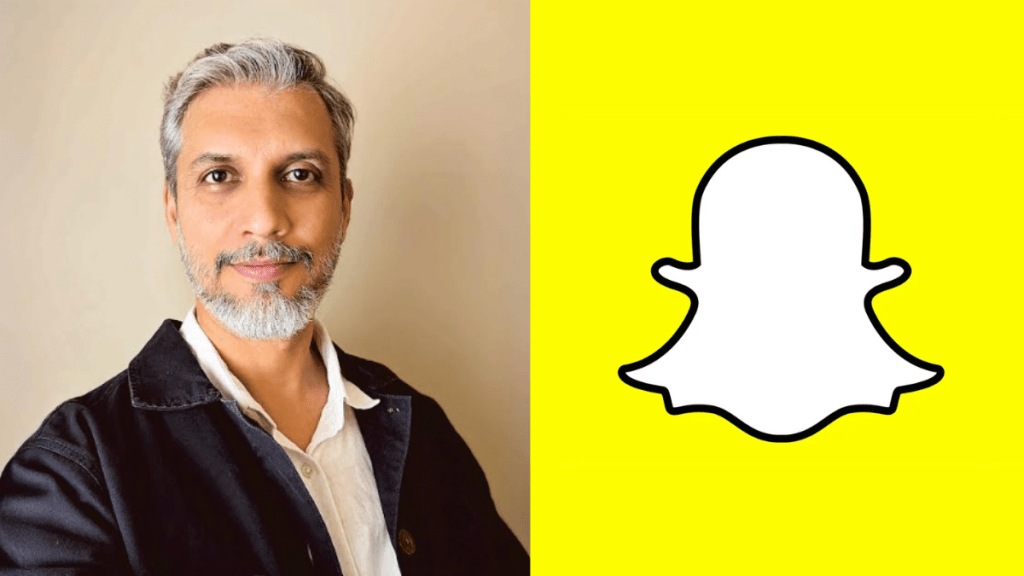With over 250 million monthly active users in India — 90% of them Gen Z — Snapchat is doubling down on attention-led advertising. It has identified metrics that could potentially help brands move beyond legacy measurement tools. Amit Chaubey, head of marketing science, APAC, Snap Inc, spoke to Geetika Srivastava about redefining ROI, engaging young audiences, and why authenticity matters more than ever. Edited excerpts:
Why must brands shift away from legacy metrics and plan campaigns that sustain Gen Z attention?
One of the things that we are trying to do with our attention research is create awareness of what the challenge is with legacy metrics and their ability to predict outcomes, and also give a framework for advertisers to improve their ability to capture attention. Our latest study identifies two new metrics.
The first metric is Attention Per Mille or APM. This tells you how much attention you are getting per 1,000 impressions that you buy. The other metric that we created would be Cost Per APM, which tells you about the cost that you spent to get those 100 seconds of APM. We have identified the value of attention. Brands need to start thinking about how they will shift their media practices and measurement practices to be able to incorporate this into their journey.
What would you say is unique about Snapchat’s format that makes younger people in India more engaged?
Gen Z is really important for Snapchat and for marketers. It’s the largest cohort we have in India — 377 million — with huge spending power today, and even higher projected spending power in 10 years of about $2 trillion. About 90% of our audience is the young India audience. People come on Snap to engage with their friends and community. That creates a really great environment for advertisers to be in and also leads to higher levels of attention that we naturally find on our platform. Now, to add to that, we have full screen, immersive video, and AR formats to engage audiences too.
How are you measuring and communicating ROI for ads to marketers right now?
The ROI and performance of the ad are designed, communicated, or set based on the campaign objective. So we will set an ROI or a KPI based on where in the funnel you are trying to make an impact and what your campaign objective is. The objective can transition all the way from just awareness, such as I want more people to be aware of the message that I have, to wanting people to install a new app, wanting people to try on lenses for a new beauty kit that has been launched, or even directing people to an e-commerce store, app store, or an offline store to buy a product. That measurement happens based on data integration we have with the advertiser and the metrics that we are capturing — either first party or third party.
Many users treat Snapchat as a more private space compared to other social platforms. Do you think this personal usage behaviour is making them more resistant to ads?
I’ll take a broader view on this, than specifically answer this in the context of private communication. When you ask people about the kind of advertising they like, they say they like advertising to be personalised. They want advertising that is relevant to them at the moment that they are in. This is the context that works on Snap as well. People are engaged on the platform. They are communicating with a close-knit community.
When advertising is made fit for the platform, it seems authentic to the platform. It seems real. It seems in the moment. That kind of advertising works really well on Snap. Advertisers need to make sure that they are taking the aspects or learnings of the platform and that their advertising is able to fit in the context that the user is communicating in, so it seems less like an interruption and more like a conversation.
How is the marketing science team helping advertisers navigate a mobile-first, camera-led ecosystem?
First, we have to figure out the objective of the campaign. Based on that objective and the work that we have done, we identify the planning principles that an advertiser can use to win.
Let’s take the example of attention. Suppose an advertiser comes to us and says they have a really popular brand, and they want us to make sure that it remains top of mind, we’ll tell them that for your particular objective, it might be more relevant for you to not need high-level, very deep engagement on your attention. It might be that you need fleeting or small amounts of attention repeatedly, which is useful. So we will design a campaign that’s able to fit into that spectrum for them, and then we will measure the outcome against the KPI that we have set.
